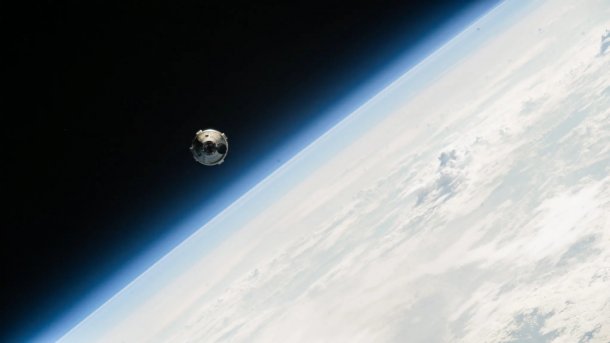NASA extends Starliner mission for further testing of Boeing's spacecraft
The return of Boeing's Starliner has been postponed by a few days. The astronauts are to remain on the ISS until June 22 to carry out further tests.

Starliner approaching the ISS
(Image: NASA)
NASA has extended the first manned mission of Boeing's Starliner by a few days. The spacecraft and its two astronauts are scheduled to undock from the International Space Station (ISS) and return to Earth on June 22, 2024 at the earliest. The return flight was originally scheduled for June 14, but this has already been postponed to June 18. Over the coming days, the US space agency plans to carry out further tests with the spacecraft docked to the ISS.
Boeing's Starliner reached the ISS on June 6, after a slight delay. Like the launch of the first manned mission with this spacecraft, the docking with the ISS was delayed due to technical problems, albeit only by 80 minutes. This was due to issues with the engines. It was not until the second docking maneuver that everything went smoothly, and the two astronauts were able to board the ISS shortly afterwards.
ISS stay almost twice as long
However, the stay was only supposed to last around a week, but the return to Earth was initially postponed until June 18 due to a spacewalk planned for June 13. NASA is reluctant to carry out two so-called major events of this kind on consecutive days. However, the trip into space by two ISS residents was canceled at short notice because the space suit made the astronauts uncomfortable, but NASA has not yet explained this further.
The return of Starliner has now also been postponed by at least another four days. Boeing's spacecraft is scheduled to undock from the ISS, return to Earth and land in the southwest of the USA on June 22 at the earliest. NASA did not give a reason for the postponement, but meanwhile intends to carry out further tests with the spacecraft still docked to the space station.
Further investigations and tests of Starliner
"We continue to study the capabilities of Starliner to prepare for the long-term goal of having it perform a six-month docked mission to the space station", said Steve Stich, NASA's Commercial Crew Program Manager. "The crew will perform additional hatch operations to better understand the handling, repeat some safe-harbor tests and assess the steering using the forward window."
Read also
SpaceX plans around 120 Starship rocket launches per year in Florida
Asteorid impact: NASA takes deflection possibility into account in exercise
New dwarf galaxies discovered: Dark matter mystery takes a surprising turn
Technosignatures: Greenhouse gases could reveal extraterrestrial life
Engine test: Chinese Tianlong-3 rocket launches unintentionally and explodes
By safe haven, NASA means being able to use the docked spacecraft as emergency quarters should there be an emergency on the space station itself, for example with the life support systems. The Starliner's rear engines are also to be tested. Seven of the spacecraft's eight engines are to be ignited twice, with a total duration of around one second when docked. This is in preparation for future longer Starliner missions, during which the spacecraft could be docked for six months.
Unresolved problems with the Starliner engines
Docking with the ISS was delayed somewhat because of these engines. Five had been automatically deactivated by the spacecraft's computer because their readings were outside the permissible limits. However, four were quickly restored so that docking could continue, writes Spacenews. So far, NASA has not explained why the engines went offline.
Until the return to Earth, now scheduled for June 22, the two Starliner astronauts will support the work of the scientists on the ISS alongside the tests. At the same time, the engineering teams on Earth will examine the data from the Starliner propulsion system to understand the automatic deactivation of the thrusters. The spacewalk, which was canceled on short notice on June 13, has now been rescheduled for June 24.
(fds)